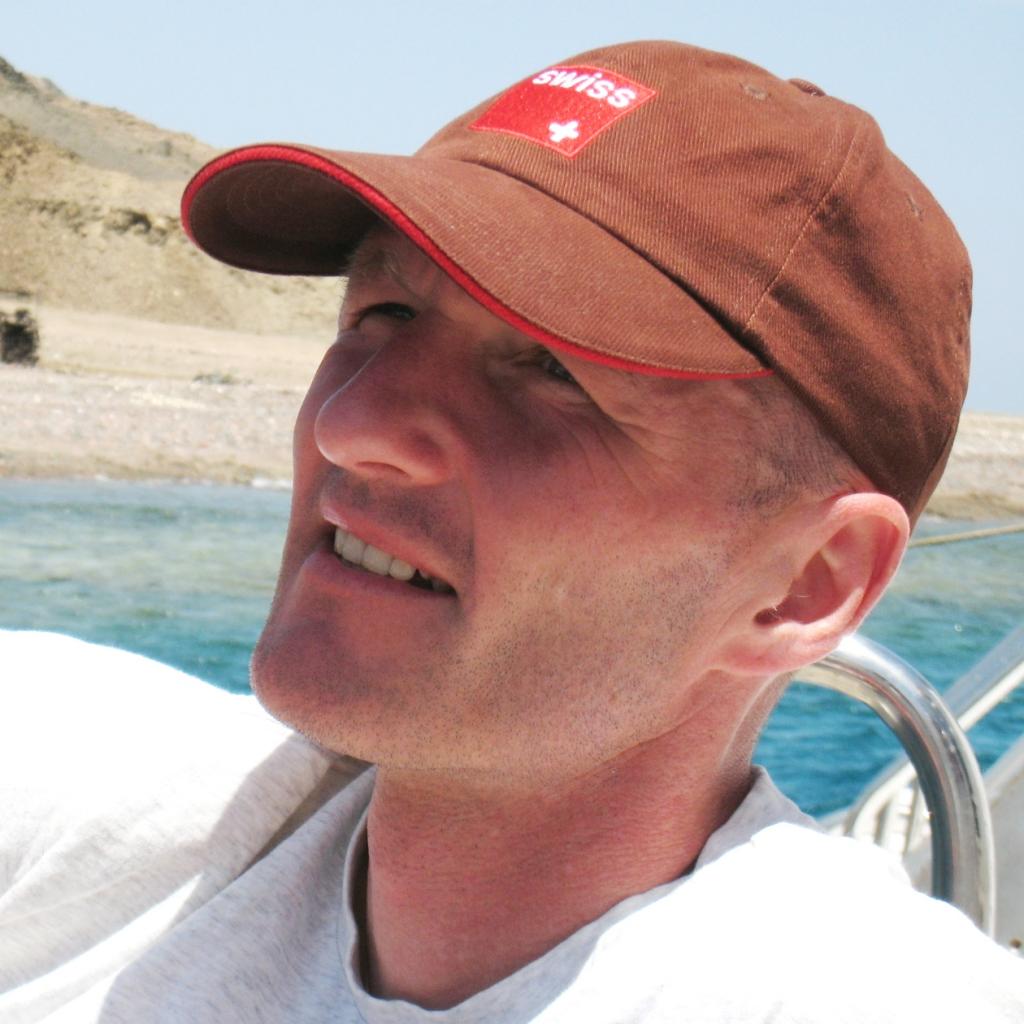13th European Conference on Software Architecture (ECSA) - 9-13 September 2019, Paris France |
 |
Industrial Day
ECSA Industrial Keynote: Rainer Grau |
 |
Good practices to identify bounded context to build agile organizations in sync with a smart system architecture
Classical methods still deliver value in agile ecosystems
Download online presentation
The term bounded context describes an (ideal world) technical AND organizational autonomous area of the business model of a company. A bounded context combines three orthogonal aspects: the technology of microservices and DevOps; a functional context with its very specific terminology; an as autonomous as possible organizational unit (a team or a set of teams). The challenge of a company transforming towards the idea of bounded context is the smart design of the orthogonal aspect into a well-balanced overall system. The goal of the well-balanced system to minimize the management overhead required to govern the given complexity of the system.
This talk presents a set of good practices for companies to design a well-balanced overall system addressing the three orthogonal aspects of bounded context. Influencing factors in these good practices are size of the company; complexity and number of different business models; level of organizational complexity such as an international business group with different legal entities; ratio of inhouse development versus X-shoring; or existing IT infrastructure dependencies.
Although bounded context are very popular especially in agile environments, this talk will silently communicate that classical methods such as business process modeling or business analysis still are first class citizens in the method toolbox of modern companies.
Since over twenty years Rainer Grau engages with or within companies around the topics agility, lean, leadership, enterprise architecture, lean organization - or to say it different: he engages in continuous improvement to integrate modern ideas and new approaches in technology, architecture and organizational design with the goal to succeed in the market as company and to work with fun as human being.
Steps in his professional life are distinguished consultant and partner at Zühlke Engineering; head business development at Digitec Galaxus; founder of the Suisse Agile Leader Circle SALC; lecturer at Universities in topics around innovation, agility, digital readiness; founding member and reviewer of the International Requirements Engineering Board IREB e.V.; speaker in many conferences and venues. Rainer is engaged in the agile community in Switzerland with a long-time passion. Discover more information about Rainer Grau on www.juropera.com.
List of Accepted Papers
Thursday 12th Sept - Session IT1 - Industrial Track - Chair Javier Camara - Room Lisbonne
Full papers
- A Four-Layer Architecture Pattern for Constructing and Managing Digital Twins, Somayeh Malakuti, Johannes Schmitt, Marie Platenius-Mohr, Sten Grüner, Ralf Gitzel, and Prerna Bihani.
- Tool support for the migration to microservice architecture: an industrial case study, Ilaria Pigazzini, Francesca Arcelli Fontana and Andrea Maggioni.
- ACE: Easy Deployment of Field Optimization Experiments, David Issa Mattos, Jan Bosch, and Helena Holmström Olsson.
Thursday 12th Sept - Session IT2 - Industrial Track - Chair Javier Camara- Room Lisbonne
Invited Paper
- Digital continuity for MBSE - MOISE project, Julien Baclet, IRT St Exupery
The development of a new product becomes more and more challenging as design complexity increases and manufacturing demand is high. Indeed, a large number of analyses must be performed, based on various data sources from each stakeholder, to validate their requirement. As a consequence, modeling and data structuration are more and more seen as enablers for unambiguous communication in the so-called Extended Enterprise. However, the de facto heterogeneity of data, methods, and tools within the Extended Enterprise leads to the same misunderstandings as with classical textual documents written in natural language.
The presentation will present some results of the MOISE project, performed at IRT Saint-Exupéry in Toulouse, that take advantage of Systems Engineering data structuration to build a digital continuity along the development process. As a result, the quality of each analysis is improved thanks to the possible automation of the input data’s validation. The time to find incomplete or inconsistency data is reduced and wrong outputs are avoided. Moreover, the duration required to perform each analysis is drastically cut down by avoiding repetitive tasks with no added value. The application of the proposed methodology could be adapted to support the internal processes of a company in order to boost collaboration between Systems Engineering and different domains, such as Software domain.
